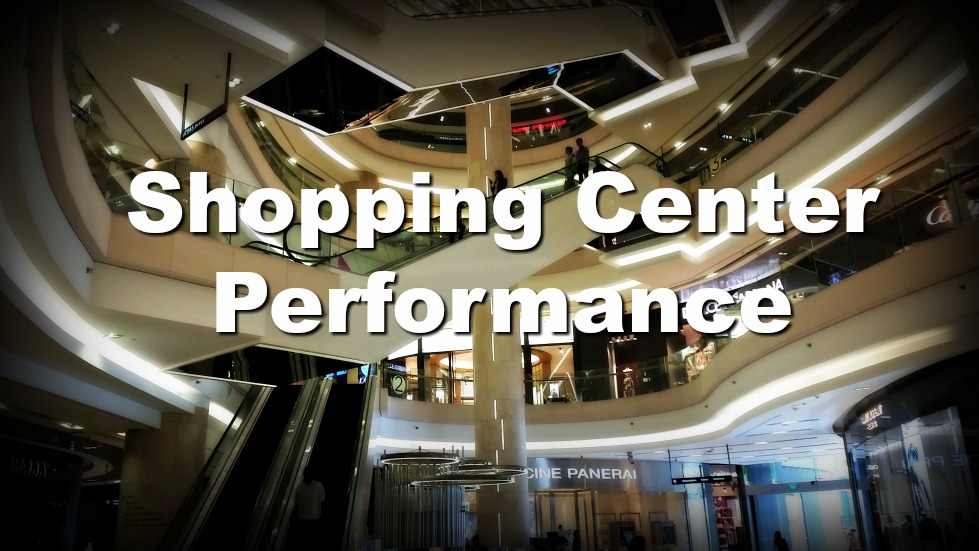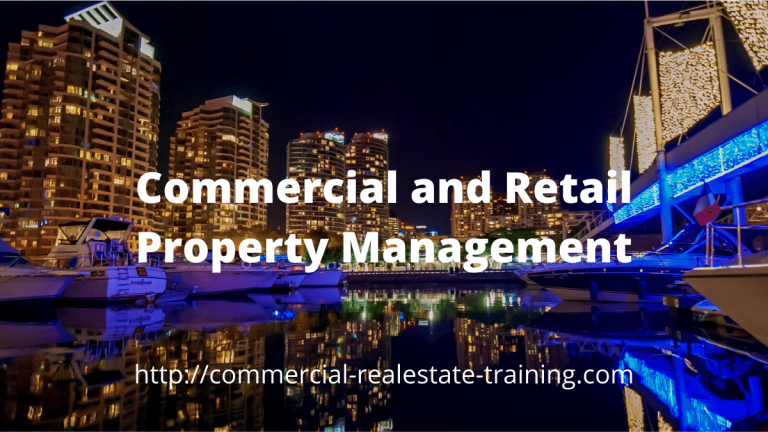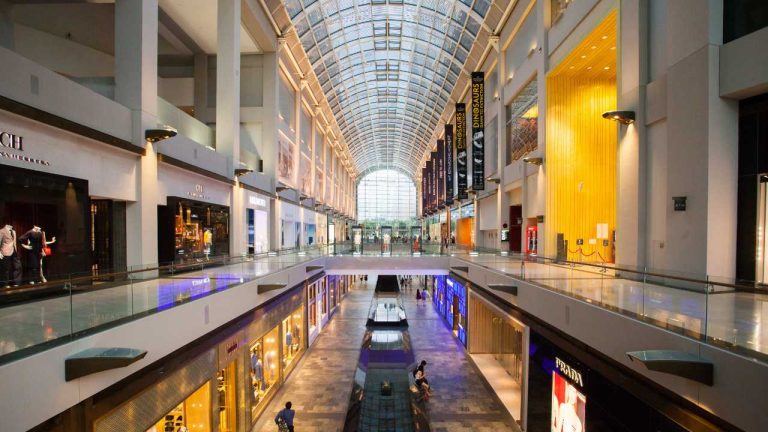How to Manage a Shopping Center for Improved Results
Most shopping centres have challenges in some form or another. When you look at all the issues of the typical retail property, there are things to watch and shape over time. Control is important; the focus of the Shopping Centre Manager is or should be part of that. The Landlord owner of the property is seeking results for the retail investment over time, and the Center Manager is the facilitator of change and control. (NB – you can get more retail shopping center tips here in Snapshot – its free)
It should be said that there are different ‘stakeholders’ in a shopping centre from an operational and investment perspective. They all have interests to consider as the property functions through the year. Here are the typical ‘stakeholders’ to watch and work with in ‘retail’:
- The landlord as the property owner
- Tenants in occupancy with their respective businesses
- Leasing agents marketing the vacancies and renewals
- Customers in the local area and those visiting the property
- Financiers funding the investment for the landlord
- Contractors managing the day to day operations of the asset
- The Centre Manager and or Shopping Centre Management team
All groups in the list are integral to the success of the shopping centre, and on that basis, should be considered as the business directions of the property are set. The business plan for the property should also consider the focus of the ‘stakeholders’ given the life-cycle stages of the investment and the yearly performance plans for the investment.
The Key People in a Shopping Center
So, what are the important facts for the ‘interested parties’. Consider some of these facts for starters:
- The tenants in the property should have thriving enterprises and a solid business profile in the property
- The value of the property should support the financing package and mortgage loans
- Customers to the property want to ‘enjoy’ the shopping experience and conveniently access all the retail services and products that they need
- The landlord wants stability and growth of cash-flow or rent.
In saying these things, it is easy to see why the shopping centre management process is so important. Every week, month, and year, certain things should be done to improve the property in ways that are targeted through the business plan. That business plan should be structured to focus on the investment targets of the owner or landlord.
What’s the problem here? Some retail shopping centres have no plan, and on that basis, they ‘stagnate’ and struggle with performance and investment issues. It is easy to see ‘distressed’ retail properties and shopping centres; the visual indicators send ‘large’ messages to the customers and the tenants.
A Retail Plan
Don’t let your managed property fall into this lower level of investment ‘mediocrity’ so that it starts to struggle. Establish your management plan of approach. Here are some ideas to help you in managing a shopping centre to achieve better levels of investment and results over time:
- Income – track the income from the property considering the existing tenant mix, lease changes, and lease renewals.
- Expenditure – some expenditure will be controllable and can thereby be shaped to both time and spend.
- Critical dates from leases – watch the dates that are coming up in the property from all respects; it is best to look at all your critical dates on a weekly basis
- Tenancy schedules – check the content of the schedules for upcoming events and accuracy with existing leases.
- Contractor meetings – your maintenance contractors, will have valuable feedback to share with and about the function of the existing plant and machinery.
- Property marketing – ensure that the retail offering of the property is well promoted and marketed in a comprehensive way to the customer base.
- Rent reviews and option negotiations – track these events at least six months in advance so that actions can be taken
- Tenant mix – shape the tenant mix with better tenants and appropriate relocations.
- Vacancy factors minimised – some tenants should be encouraged to stay in a property; ensure that you have listed the ‘A’ Grade tenants that you must keep in the property.
- Control of risk – tenants and customers bring risks to a retail asset. That risk should be identified and minimised where possible.
- Marketing the retail offerings – the retailer and merchandise offerings of the property should be promoted to the retail customer base. Each year there should be a promotional strategy set for the property and the tenant mix. Get the message out about the property and the retailers. Encourage customers to shop and come to the retail property and spend money.
- Budgeting the property – budgets apply to income and expenditure activity as well as capital expenditure. Seasonal adjustments can occur with vacancies, maintenance routines, and new leasing activity.
There are plenty of things to work with here. You can see why the process of shopping centre management and performance is so important. Skills and controls are needed to optimise the ultimate performance of the investment.







